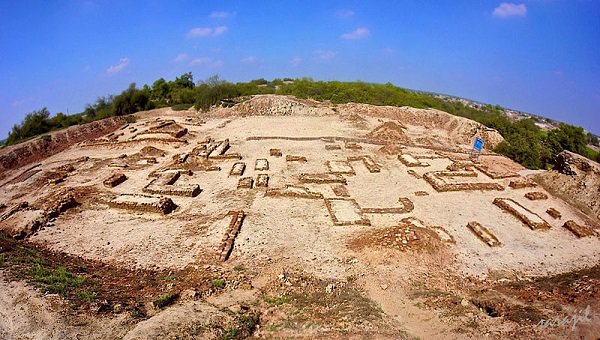
Indus Valley Civilization
Known to historians as one of the largest and earliest civilizations to not only colonize a continent but thrive in it, the Indus Valley Civilization was extremely advanced. They were known to have practiced dentistry, mathematics, and even had pioneered the first urban sanitation systems. By 1500 B.C.E. the civilization had completely vanished- and historians are not quite sure why. One theory suggests that they were forced to pack everything up and leave due to extreme climate changes and a fall in agriculture.

The Khmer Empire
This empire was once the most powerful in Southeast Asia, spanning from Cambodia to Thailand, Laos, Malaysia, Vietnam, and Myanmar. Most noted today for the stunning “Angkor Wat,” we don’t know a whole lot about the empire because there aren’t any surviving written records of the empire. From what historians can tell thanks to the stone inscriptions at Angkor, it is likely that plague, invasions, and conflicts within the royal families caused the eventual downfall of the great Khmer Empire.
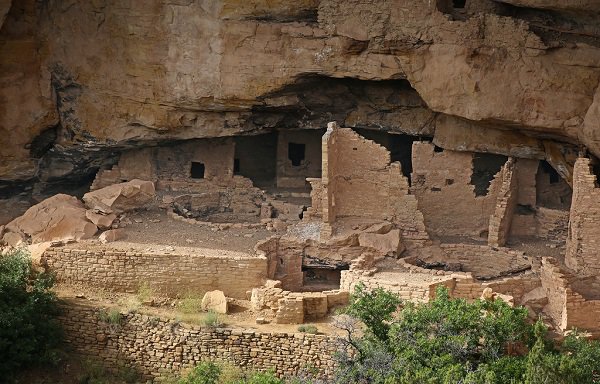
The Anasazi
Inhabiting what was known as ‘the four corners’ of the Southwestern States in the 12th century B.C.E, the ‘Pueblo Peoples’ once not only survived, but thrived. While they did not particularly “vanish,” they did up and leave everything they had built for reasons unknown in the 13th century. Experts believe that droughts and internal conflicts were a major cause in the downfall of the Ancient Puebloans.
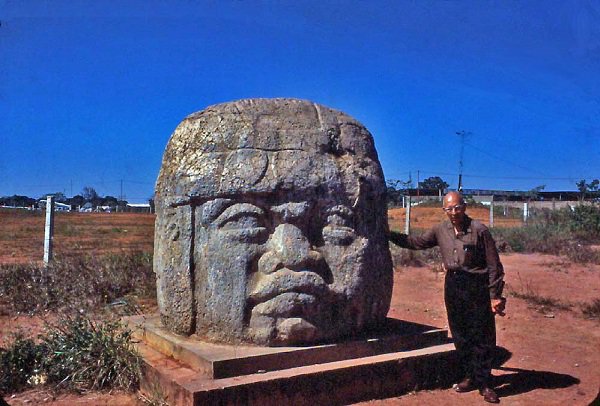
The Olmec Civilization
Assumed to have been a thriving civilization as far back as 1500 B.C.E, the Olmec Civilization was found just south of central Mexico. They were known to have created massive ‘colossal heads’. They also practiced human sacrifice and were quite possibly the first civilization in the Western Hemisphere to have developed their own writing system. While this can’t be confirmed, historians do believe that they also were responsible for creating the first Mesoamerican calendar. Then, they disappeared. Historians believe that the fall of this civilization was likely due to earthquakes and volcanoes forcing them to flee.
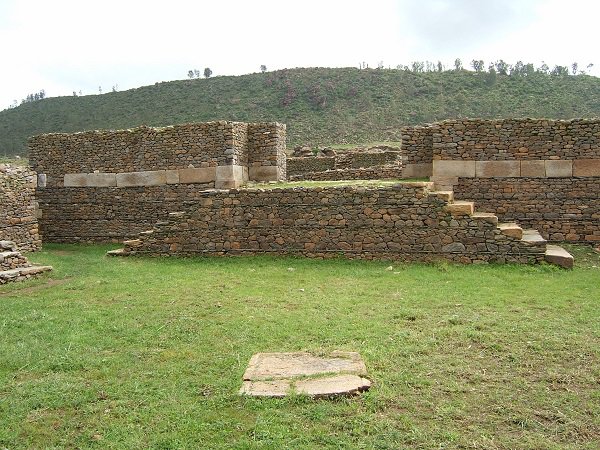
Aksumite Empire
What was once a major trade partner with Ancient Rome and Ancient India, this empire ruled over the majority of Northeastern Africa. They were quite advanced in their construction capabilities, and even had developed their own alphabet. They were also the first major empire to convert to Christianity. However, the empire had a quick and sharp decline before vanishing completely. Historians believe that climate change, economic isolation, and possible invasions caused the empire to vanish.
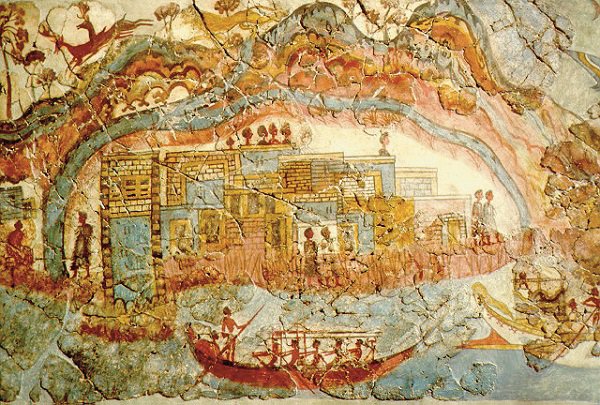
Minoans
The Minoans were thriving over 7,000 years ago. With a great economy, advancements in engineering, and a constant supply of food thanks to the ocean, things were going well. That is until natural disasters kept destroying it and forcing them to rebuild. However, in 1450 B.C.E, there was a massive natural disaster (still unknown at this time to historians) that was destroyed too much of the civilization to recover from.
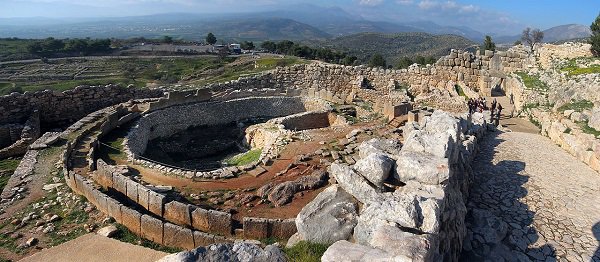
Mycenaean Civilization
These guys didn’t only thrive, but they conquered. They had intentions of growing and expanding in order to cement their name in history. They dominated for over 5 centuries, and are even said to have possibly defeated Troy. Artifacts from this empire have been found as far out as Ireland. But, then, they disappeared. Historians don’t have a concrete answer as to what happened to them, however, they do theorize that a combination of invasions and natural disasters played a major part in their downfall.
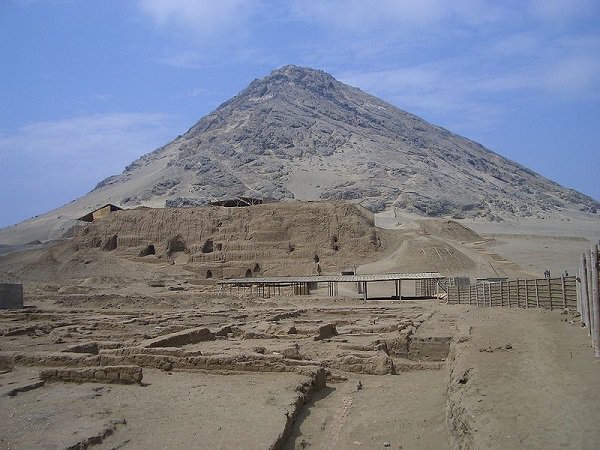
Moche Civilization
Situated in Peru between 100 and 800 C.E., this civilization came complete with pyramids, palaces, and even a pretty advanced irrigation system. They didn’t, however, have their own writing system. So historians are left with nothing but artifacts and ancient drawings to try and figure out what they were all about. What they do know, is that they partook heavily in human sacrifice. They then vanished- and historians believe that it was likely due to rapid changes in weather and flooding.

Here’s to hoping we don’t disappear anytime soon.
 Barnorama All Fun In The Barn
Barnorama All Fun In The Barn